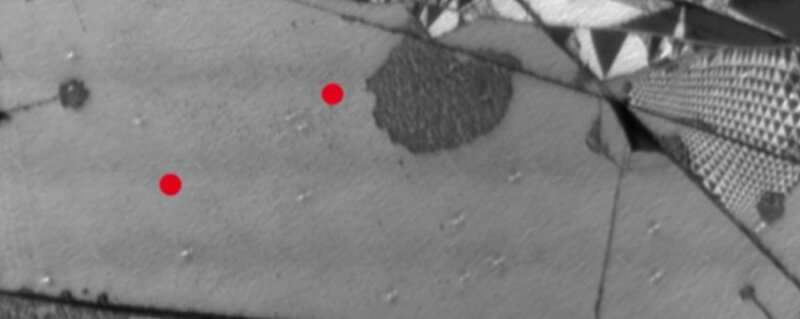Phys.org September 29, 2020
An international team of researchers (Switzerland, Spain, the Netherlands, Italy, Japan) has shown that the interplay between the two hexagonal carbon lattices, slightly twisted, causes a much larger hexagonal moiré pattern to emerge. By creating this new periodicity, the interaction between the electrons changes, yielding “slow” electrons enabling superconductivity. At a temperature of 1.7 Kelvin, twisted bilayer graphene conducts electricity without resistance. The researchers have finally confirmed the mechanism behind these fascinating new superconductors…read more. TECHNICAL ARTICLE

LEEM image of the sample. The triangles on the right indicate a low angle patch. Credit: Leiden University